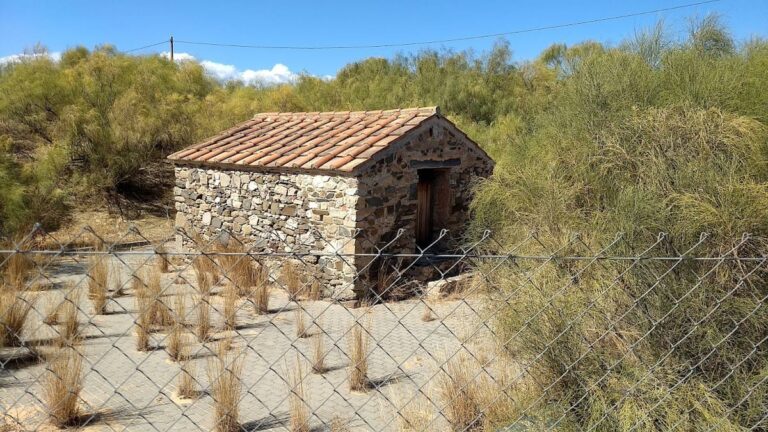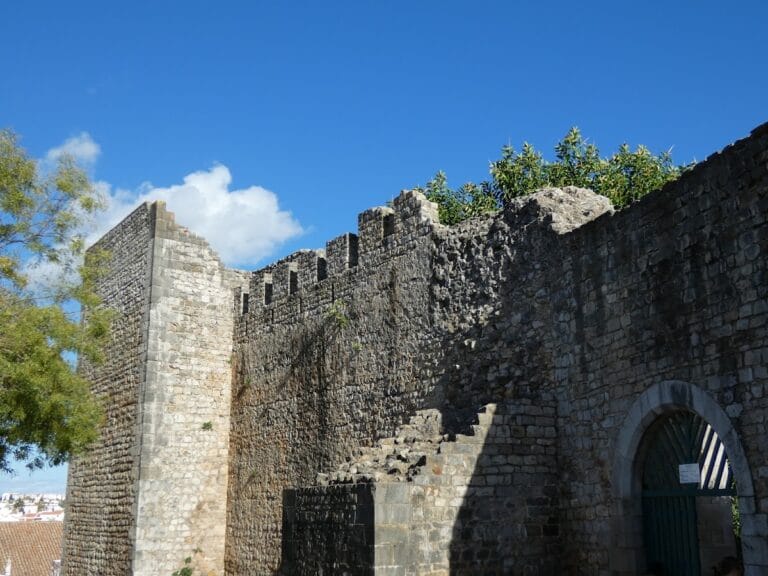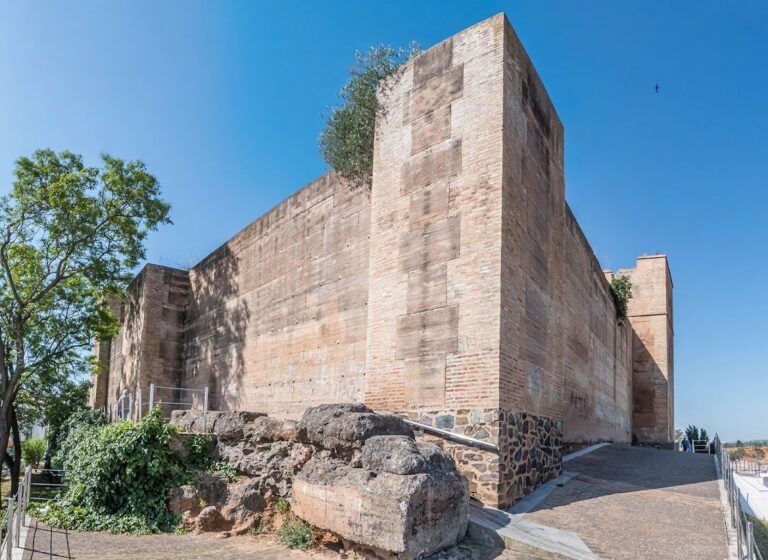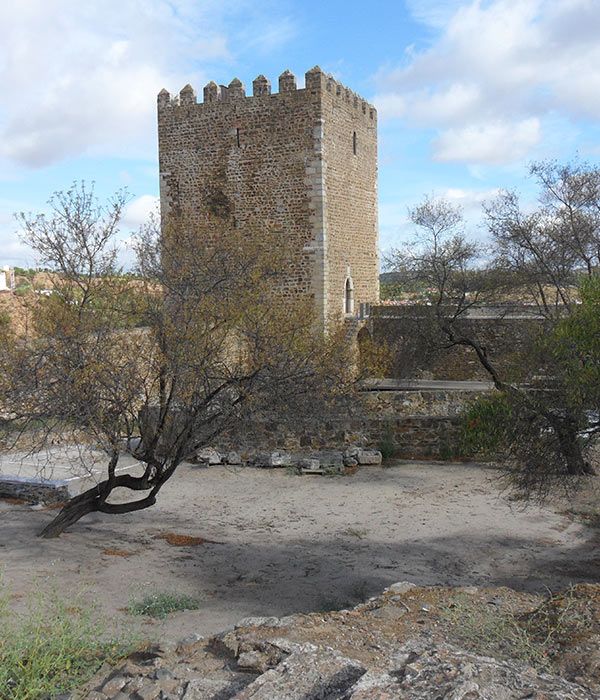Castle of Castro Marim: A Historic Fortress in Portugal
Visitor Information
Google Rating: 4.3
Popularity: Medium
Google Maps: View on Google Maps
Country: Portugal
Civilization: Unclassified
Remains: Military
History
The Castle of Castro Marim stands in the municipality of Castro Marim in Portugal. This medieval fortress occupies a commanding hilltop overlooking the Guadiana River, near the border with Spain. The site’s earliest use dates back to the Neolithic period, followed by settlements of Phoenician, Greek, Carthaginian, and Roman peoples, each leaving their mark on the fortifications and establishing the area as a hub of political and economic activity.
In the 13th century, during the Portuguese Reconquista, the castle gained renewed strategic importance. In 1238, King Sancho II seized control of the Guadiana River’s mouth from Moorish hands. By 1242, the fortress itself was firmly captured by Paio Peres Correia, a leader of the Military Order of Santiago. To encourage Christian settlement and strengthen defenses, King Afonso III granted a royal charter to the town in 1277 and ordered reconstruction of the fortress. His successor, King Denis, who ruled from 1279 to 1325, oversaw further fortifications, including the addition of a barbican, or outer defensive wall known as the Castelo de Fora. The beginning of these works is specifically noted by an inscription dating to July 1, 1279.
In 1319, Pope John XXII granted custody of Castro Marim to the Military Order of Christ, which set up its first headquarters at the castle. This arrangement lasted until 1334, when the castle administration returned to the Order of Santiago, who constructed the Church of Santiago within its walls. The castle remained a military and religious center through the following centuries, receiving important renovations under King Manuel I in the early 1500s. These improvements, documented by the chronicler Duarte de Armas around 1509–1510, modernized the barbicans and adapted the walls to the natural terrain, ensuring the fortress remained defensible.
During the mid-17th century Restoration War, designed to reclaim Portuguese independence from Spain, the castle was further remodeled to bolster its defenses with a new bulwark finished under King Afonso VI. This fortification formed part of a larger coastal defense network that included the nearby Fort of São Sebastião and the Revelim of Santo António. However, the devastating 1755 Lisbon earthquake caused significant damage to both the castle and the town’s structures inside its walls. Reconstruction efforts led by King Joseph I included relocating the Church of Santiago to a nearby hermitage.
From the 20th century onward, multiple restoration campaigns, beginning in 1942 and continuing through the 1980s, sought to stabilize and preserve the castle’s masonry and roofing. Archaeological excavations from 2000 to 2003, led by Ana Margarida Arruda, further revealed the castle’s layered history. Recognized as a National Monument since 1910, the site today also forms part of a protected natural reserve along the Guadiana River.
Remains
The Castle of Castro Marim occupies a geological platform that dominates its surroundings and the eastern bank of the Guadiana River. Its outer defensive wall forms an irregular triangular shape with battlements finished by merlons—vertical features that provided cover for defenders. On the south side sits a raised platform, while the eastern and western corners each retain low rectangular towers with terraces and simple doorways. Above the doorway of the western tower, a finely sculpted coat of arms of Portugal is carved in sandstone along with an inscription in Caroline-Gothic script, commemorating settlement actions undertaken by King Afonso III in 1274.
Within these outer walls, the castle’s inner section presents a trapezoidal, irregular quadrangular layout surrounded by battlements topped with merlons. Four cylindrical towers anchor each corner, several crowned by wooden conical roofs. The fortress includes two principal gates, positioned on the north and south sides respectively. One gateway is distinguished by a coat of arms and an inscription dating construction activities to 1279 under King Denis, marking the castle’s Renaissance phase of fortification.
Inside the castle walls lies a long courtyard sheltering several structures, including a chapel and two cisterns that historically collected rainwater. Buildings rising two to three stories tall adjoin the west and north walls; these have rectangular doors and windows reflecting architectural adaptations across centuries. The eastern section encloses the ruins of the original alcazaba, the Moorish citadel that preceded the Christian fortress. On the southern perimeter, vestiges of a keep survive, consisting of a rectangular bulwark and a low bastion. This defensive tower shows two levels of windows, a false portico entryway, and is further protected by a projecting body without battlements.
Beyond the inner defenses lies the barbican, known locally as the Castelo de Fora. This triangular outer enclosure features battlements and a chemin de ronde—an elevated walkway along the tops of the walls used by guards. Within this enclosure stand three notable religious buildings: the Church of Santiago, the Church of Santa Maria, and the Church of Misericórdia. Additionally, the barbican houses a museum complex displaying archaeological finds from the castle grounds. At the southern vertex of the barbican is an artillery platform designed to hold cannon, while the eastern and western corners each have quadrangular towers with terraces accessible through round-arched doorways.
The castle’s walls and towers are primarily built from masonry, carefully laid stone blocks assembled for strength and durability. Sandstone carvings featuring coats of arms and inscriptions adorn gateways and certain towers, including imagery of five castles combined with four shields arranged in a cross pattern and another displaying three escutcheons. The defensive system historically integrated closely with the nearby Fort of São Sebastião and the Revelim of Santo António, both adding depth to the fortress’s protective network.
Today, much of the castle’s fabric stands restored or consolidated, revealing the layers of military, religious, and civic life that unfolded along this key frontier of medieval and early modern Portugal.










